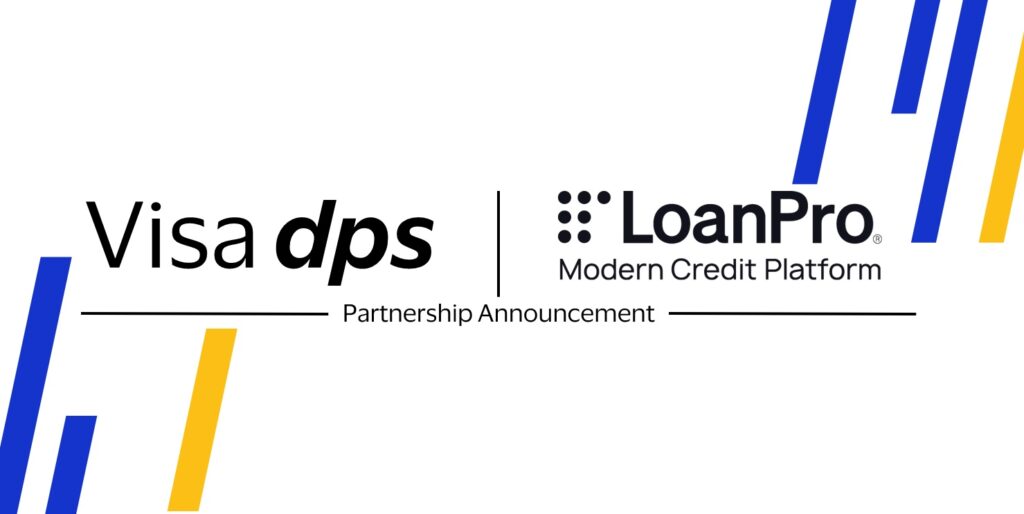
LoanPro’s credit platform integration with Visa DPS’ digital-first processing helps brands tackle shrinking debt interchange fees while providing unique personalization opportunities. This move comes at the ideal time for banks, fintechs and other brands to enter the credit market.
Interchange fees are plummeting as government agencies impose significant caps. This is a strike against a substantial revenue stream for many. The LoanPro/Visa DPS integration allows them to migrate customer transaction activity to more lucrative credit opportunities through personalized and responsive offerings.
How the integration fosters unique personalization for brands of all sizes
LoanPro chief marketing officer Colton Pond said the move unlocks Visa DPS so brands can offer debit and credit in a single end-to-end platform. Personalization opportunities abound as they leverage LoanPro’s Transaction Level Credit to access SKU-level data to create branded cards designed to drive business to critical categories, spending velocities, or even geolocations. Transaction Level Credit allows brands to offer customized interest rates, credit limits, and grace periods based on amount, location, merchant type or other criteria.
One program reduces rates for military families with a member on active duty. Special rates are applied to qualifying purchases within five miles of the home. Companies can attract customers by introducing new product lines with lower interest rates. Sports teams can offer branded cards with discounts on game-day purchases near the venue or as fans follow them on the road.This allows companies of all sizes to create imaginative campaigns previously limited to an exclusive club.“Previously, credit was differentiated based on rewards,” Pond explained. “That is hard to differentiate on because the folks with the biggest marketing budget always win.”“What we’re trying to do is differentiate credit at its core so you can offer a personalized product that differentiates in the market outside of having to go get a partnership with Delta, which not everyone can do.”But now they can, and quickly. Launching new products from legacy platforms took as long as 18 months. More services needed to be outsourced to more companies that struggle with tech stack integrations.LoanPro, Visa continue to evolve as environment shifts
With LoanPro, the time to market is reduced to a few weeks. Access to Visa services, like fraud detection, provides additional benefits.Visa sees this as a step in its strategy to evolve beyond payments. When combined with moves like its recent acquisition of Pismo, Visa is positioned to own more of the customer relationships and drive increased wallet share. The company can compete directly with TSYS, i2c and Fiserv CCM.For LoanPro, it marks the latest development for a 15-year-old company designed to improve the cumbersome lending processes its founders experienced when providing auto loans. Today, more than 600 financial services firms use LoanPro. Its 11-patent technology upgrades borrower, agent, and back-office experiences holistically. Its client roster includes Chime, Intuit QuickBooks, SoFi, Marlette Funding and Whole Foods.As more companies offer financial services, financial services must provide more if they hope to retain customer primacy. But the extra effort is worth it. Pond said one partner bank launched a differentiated credit program that increased deposit balances by 30%.“You can find ways to differentiate debit and credit because there are many more components that you can use to acquire customers less expensively,” Pond concluded. “That, in turn, drives deposit growth because deposits are shrinking.”Also see:


